Common Health Issues in White Persian Cats.
Common Persian cat health problems.
Persians tend to live shorter lives than most cats and are prone to a number of health problems. Remember that every kitty is different, so your fluffy friend may not experience typical conditions. Proper care and diet can considerably prolong their life and improve their quality.
The following are the most prevalent health conditions among Persians:
1. Kidney disease with multiple cysts (PKD)
2. Eye problems
3. Hip dysplasia
4. Syndrome of the airways with brachycephaly
5. Skin conditions
6. cardiomyopathy with hypertrophy
1. Kidney disease with multiple cysts (PKD)
Some cat breeds, like the Persian breed, have a high prevalence of feline polycystic kidney disease. This disease causes severe, irreversible kidney failure in animals between the ages of three and ten and is characterized by chronic renal failure. Current treatment is only palliative.
2. Eye problems
Eyes are delicate and important organs! If your cat’s eyes suddenly appear cloudy, puffy, or red, you might worry about cat eye problems affecting their vision and overall health.
Not every cat eye condition will result in blindness, particularly if your veterinarian can identify and treat the problem quickly. It’s important to make an appointment with your vet if you notice any changes in your cat’s eyes, or if they seem to have trouble with their vision.

3. Hip dysplasia
The afflicted joint may develop secondary osteoarthritis in cats with hip dysplasia. Hip dysplasia can affect any cat, but it is more common in Himalayan, Persian, and Maine Coon breeds. To spot. The onset of symptoms can occur anywhere from three months to 3.5 years of age.
4. Brachycephalic airway syndrome.
Brachy means shortened and cephalic means head. The skull bones of brachycephalic cats are shortened in length, giving the face and nose a pushed-in appearance. The morphology and interactions with other soft tissue components are changed because the face and nose have shorter bones; some of these changes might result in physical problems, particularly with breathing. The most widely known brachycephalic cat breeds include Persian, Himalayan, and Burmese cats.
5. Skin conditions
Although Persian cats are susceptible to a variety of dermatological conditions, their long, majestic coats make it easy to conceal their skin. While some can be very unpleasant, others are moderate and readily treated.
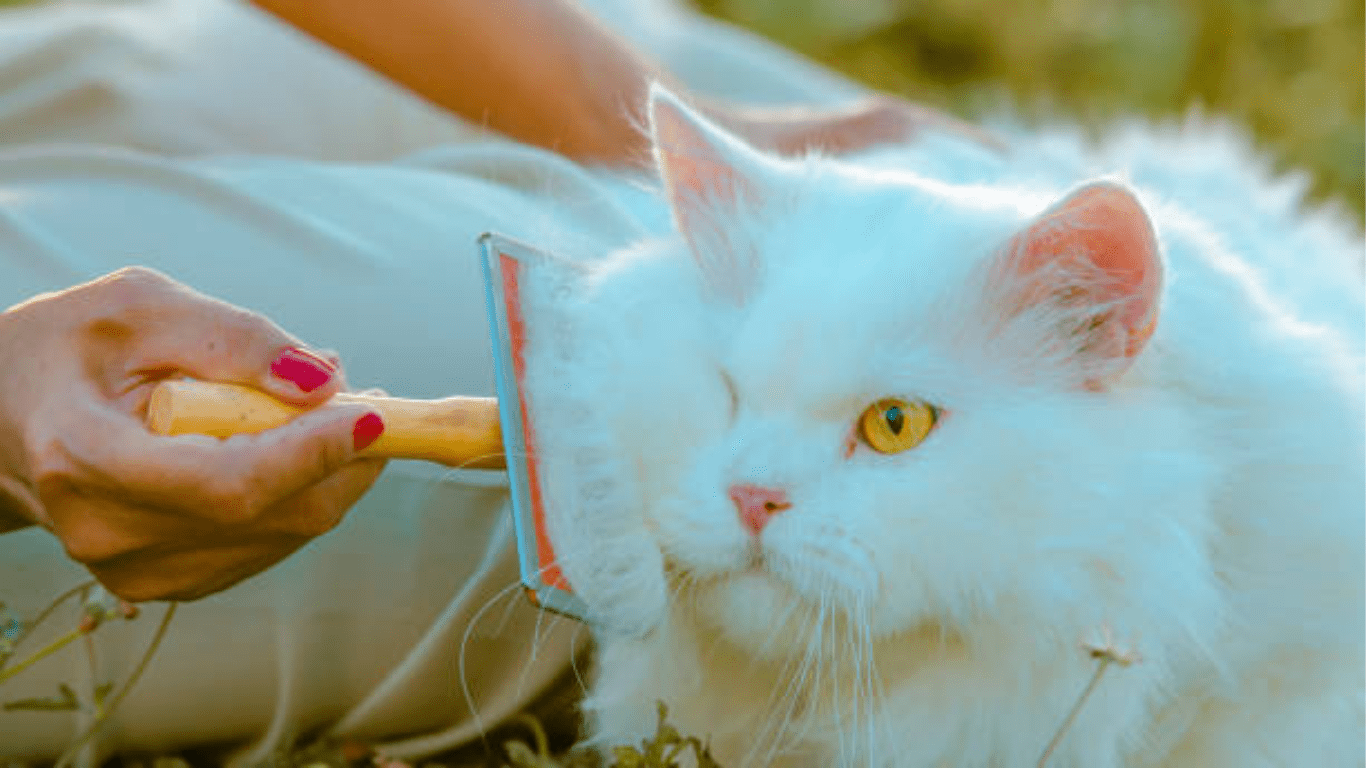
6. Hypertrophic cardiomyopathy.
In cats, hypertrophic cardiomyopathy is the most frequently identified heart condition.
Cats with feline hypertrophic cardiomyopathy (HCM) have thicker heart walls, which reduces the heart’s function and occasionally results in symptoms in other areas of the body.
of the body. Although the cause of HCM has not been identified, the fact that the condition is more prevalent in certain breeds (including Maine Coon, Ragdoll, British Shorthair, Sphynx, Chartreux, and Persian cats), and the fact that some cats with this illness have abnormalities in multiple cardiac (heart) genes indicates that heredity may be involved.
Conclusion
Overgrown nails (234, 7.2%), haircoat disorders (411, 12.7%), periodontal disease (365, 11.3%), and ocular discharge (188, 5.8%) were the most common specific disorders. Dental (397, 12.3%), ophthalmological (496, 15.3%), and dermatological (578, 17.9%) problem groups were the most prevalent.
FAQs
What is hypertrophic cardiomyopathy in cats?
In cats, hypertrophic cardiomyopathy is the most frequently identified heart condition. Cats Cats with hypertrophic cardiomyopathy (HCM) have thicker heart walls, which reduces the heart’s function and occasionally results in symptoms in other parts of the body.
How long can a cat live with cardiomyopathy?
The lifespans of many cats with HCM are normal or almost normal. Compared to cats with HCM, cats with RCM have a worse prognosis, with a median survival duration of 1-2 years if they are not initially diagnosed with CHF.
What skin conditions do Persian cats have?
Idiopathic seborrhea is a condition that Persian cats are known to inherit. The skin glands in this primary skin disease overproduce an oily, waxy substance that clumps in the fur and gives off a foul odor.
What is brachycephalic airway syndrome in Persian cats?
Brachycephalic cats have shorter skull bones, resulting in a pushed-in appearance of the face and nose. The anatomy and relationships with other soft tissue structures are altered by the shorter bones in the face and nose. Some of these changes can cause physical problems, especially with breathing.
Can hip dysplasia be fixed?
To properly put the joint together, surgery may occasionally be required. The hip socket’s position can also be altered if the dysplasia is more severe. Periacetabular (per-e-as-uh-TAB-yoo-lur) osteotomy involves moving the socket in the pelvis to better align with the ball.



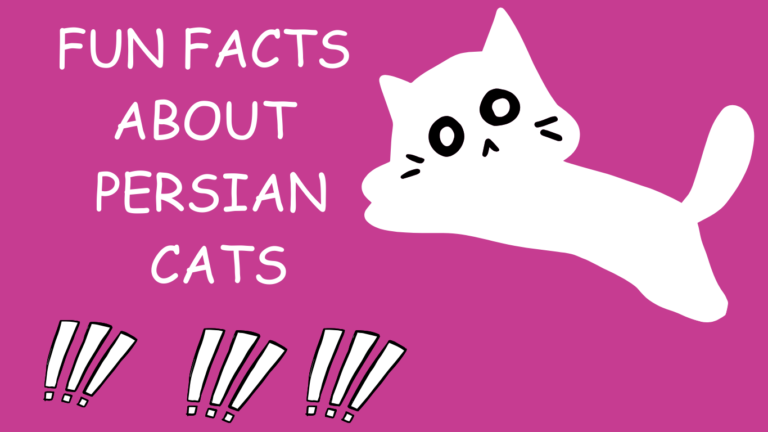

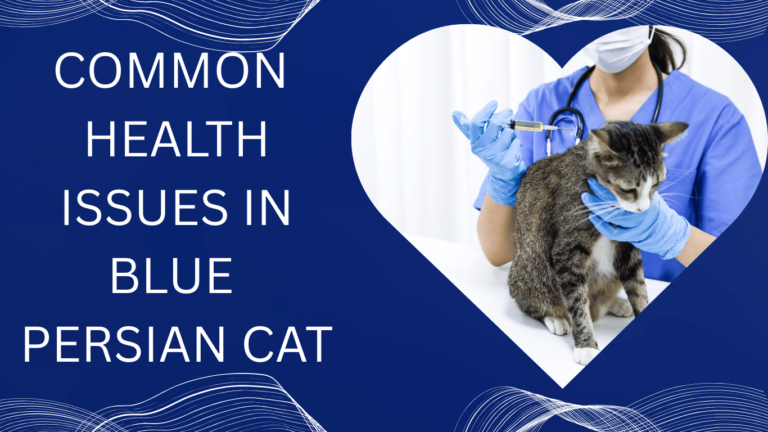
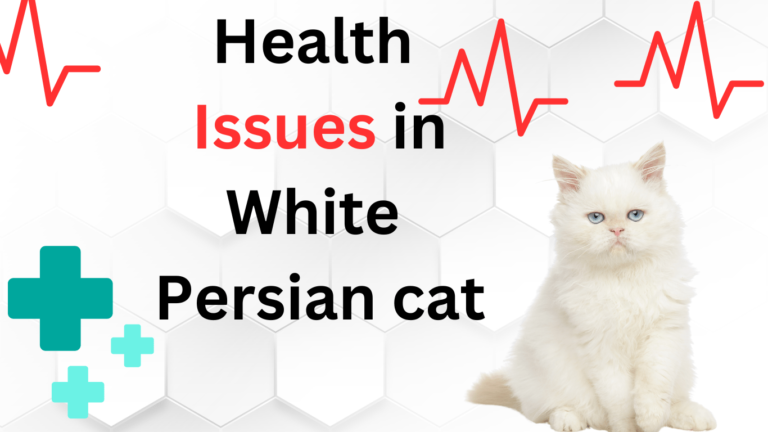
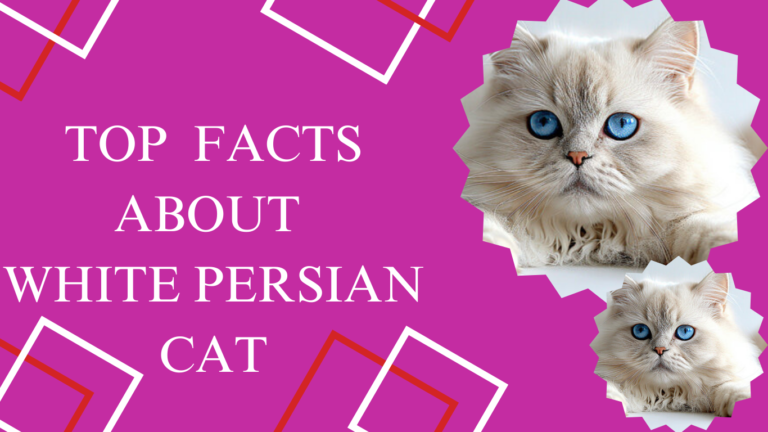
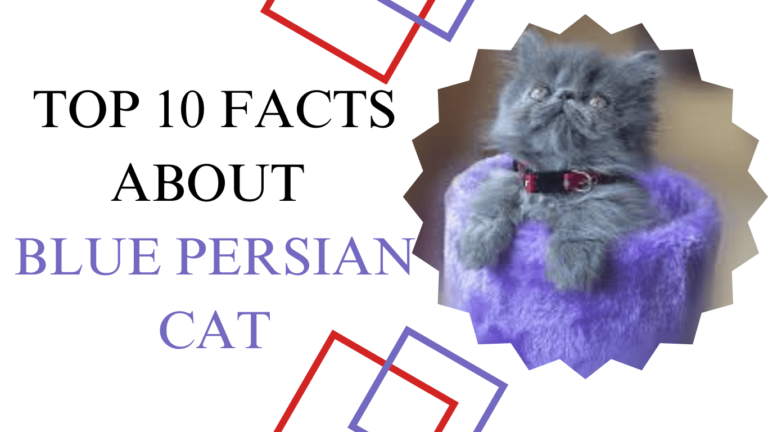
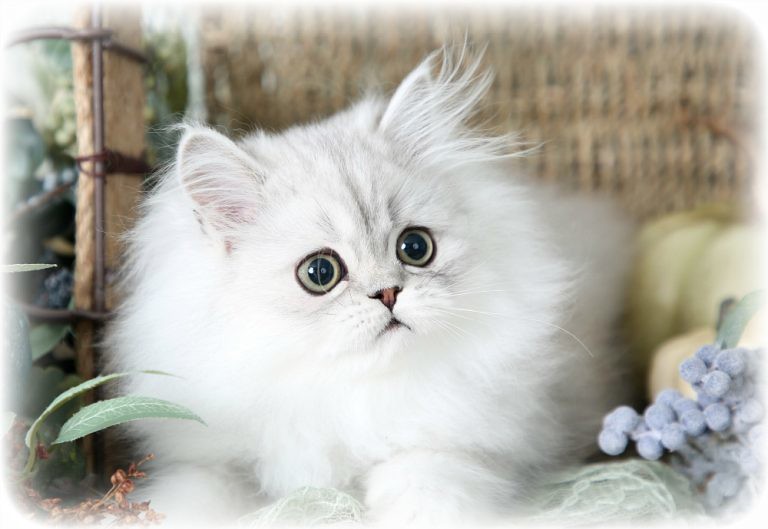

Hello! I hope you’re having a great day. Good luck 🙂
Thank You
Производство светодиодных светильников для архитектурного и декоративного освещения
светотехника купить https://www.proizvodstvo-svetodiodnih-svetilnikov.ru/ .